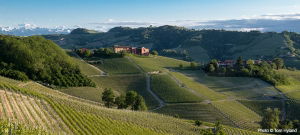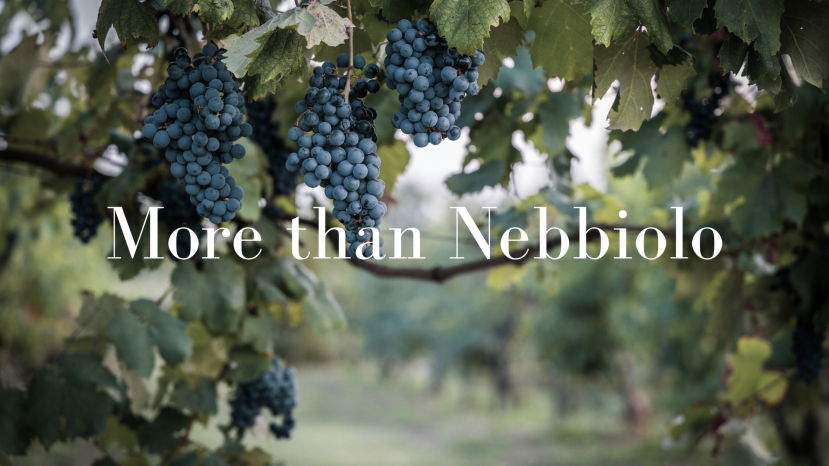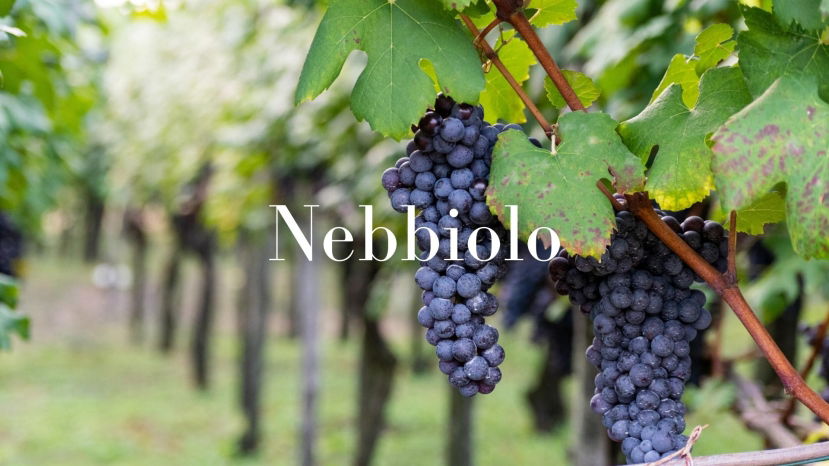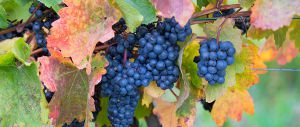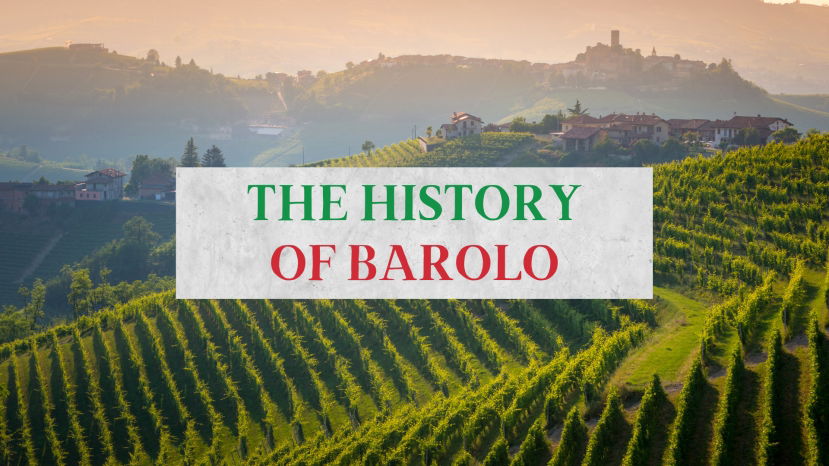BLOG
Piedmont
Any wine student or lover of Italian wines can name the country’s most famous red wines, such as Barolo, Brunello di Montalcino or Amarone della Valpolicella. But given the variety of Italian wines and grape types, it stands to reason that there are many more examples produced throughout the country. This article is the first in a series about a few of the lesser known red wines of Italy; we begin with Piemonte. While there are three famous red varieties in Piemonte – Nebbiolo, Barbera and Dolcetto – there are several others that produce very expressive wines.
Thanks to a string of successful vintages, there has been a great deal of recent publicity regarding Barolo and Barbaresco wines. Produced entirely from Nebbiolo, these two iconic wines have changed in style over the past 20-30 years; where once, the wines were reserved upon release, today, the wines are riper and more forward. This is largely due to climate change, as warmer temperatures throughout the growing season have necessitated Nebbiolo harvests some two to three weeks earlier these days than in the 1980s, ‘70s and prior; while late October to early November was normal for a Nebbiolo harvest thirty and forty years ago, today, harvest is more typically in early-mid October.
Summary: Barolo, produced exclusively from Nebbiolo, is one of the world’s most celebrated wines. Here in a production zone in southern Piedmont, a mixture of soils and other conditions combine to make wines that can truly be defined as products of terroir. Join us for an in-depth look at the finest vineyards and producers of Barolo, from the perfumed examples of La Morra and Verduno to
Summary: Barbaresco is one of Italy's iconic reds, yet in Piemonte, while it tends to be treated with great respect, it rarely receives the attention it deserves, due to the fame of Barolo. In this webinar, we will explore this wine in detail, looking at the three communes that comprise the production zone, to the winemaking styles of the finest producers, that vary from ultra
Summary: The most celebrated examples of Barolo are among the finest examples of terroir anywhere in the wine world. Thanks to soil formations from millions of years ago, along with climatic conditions, Barolos from various communes can often vary greatly in style. Yet beyond the terroir of site-specific, there is also a human terroir at work, as enologists employ different techniques in their cellars.
Summary: Piedmont is most known for its Nebbiolo, Barbera and Dolcetto, the three core varieties that form the backbone of the Langhe, Piedmont’s most famous sub-region. But a number of other exciting indigenous and qualitative varieties make up the region’s complex viticultural patchwork. This webinar will focus on 4 lesser-known whites – Arneis,
Summary: Nebbiolo is one of Italy’s greatest cultivars—if not the greatest, period. Historically, it has held a place of reverence. In the 15th century, damaging a Nebbiolo vine was punishable by death! Native to Piedmont and thriving in the Langhe, this grape is the consummate interpreter of “place.” Bold, brash, sophisticated or elegant, it manifests multiple personalities depending upon the
Summary: "Noble Nebbiolo" a survey of the prestigious Italian variety and its most important manifestations, appellations, and growing areas namely: Valtellina (Lombardia), Valle d'Aosta, and Piemonte (Langhe, Roero, Canavese, Alto Piemonte). Presenter: Alan Tardi Alan Tardi first became interested in wine
Summary: When the humble, yet masterful British wine writer Harry Waugh was asked, when was the last time he had confused Bordeaux and Burgundy, he famously replied, “not since lunch.” Ask a 21st century American wine scholar that question about Barolo and Brunello, and they may well respond “not since the last blind tasting.” This Italian conundrum
Are you looking for the best Italian red grapes? The wonderful thing about Italian red grape varieties is that they are distinctly Italian. Plenty of winegrowers around the world have made attempts at growing Sangiovese, Nebbiolo and Barbera, but few have come even close to matching the results of these grapes’ native soils. As a rule, Italian grape varieties don’t care to leave Italy, and who could blame them? Completely at home in their places of origin or tradition, each Italian red grape has evolved and adapted in perfect harmony with their surroundings.
Summary: This WSG Live will follow the history of Barolo from the 1860s through the latest innovations and viticultural practices of today. As there have been more changes in the last fifty years than in the first one hundred, much of the webinar will concentrate on the period from the 1970s until current times. Specific topics covered will include changes in viticultural practices (e.g. Barolo Boys), a more precise definition of the boundaries of the Barolo zone,
Summary: The guest for our fourth edition of WSG Live will be Gaia Gaja, one of the three children of legendary Piedmont producer Angelo Gaja, and already a familiar face to fans of Gaja wines worldwide. Born in 1979, Gaia says she has worked in the winery 'since she was a child': her parents always included all the children in decisions made about the future of the winery. From 2004,


